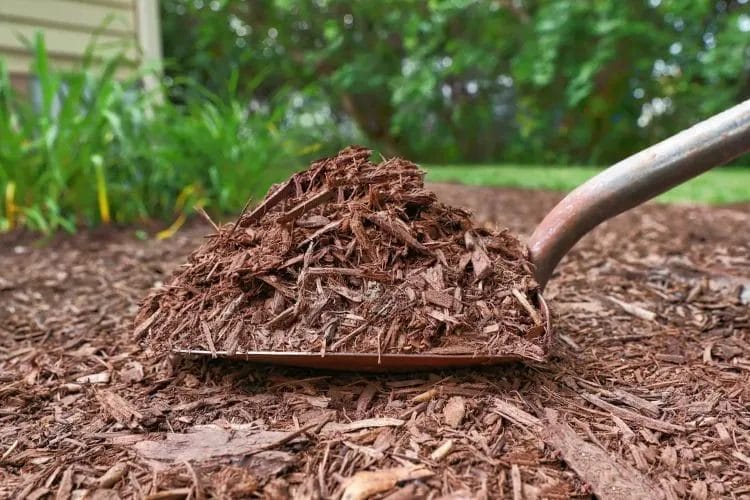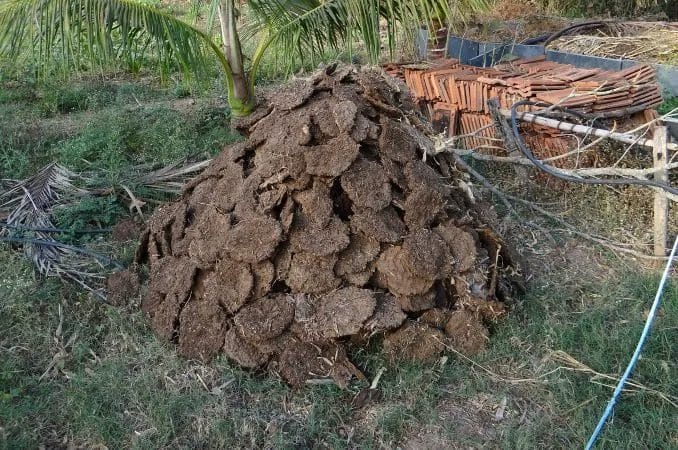
Just by adopting organic care practices you can transform your yard into a resilient, eco-friendly landscape; this guide from Smith Brothers Services, Smith Brothers Landscape, and Smith Brothers Tree Services outlines soil-building, natural pest management, water-wise irrigation, and native plant selection so you can reduce chemicals, support biodiversity, and maintain a healthy lawn the sustainable way.
Many eco-friendly lawn care steps can help you build a healthier yard while reducing chemicals and conserving resources. By choosing compost, native grass varieties, proper mowing and irrigation, you can lower runoff and support biodiversity; professionals like Smith Brothers Services, Smith Brothers Landscape, and Smith Brothers Tree Services can guide soil testing, organic fertilization, and integrated pest management to optimize your results. Use targeted aeration, overseeding with resilient varieties, and mulching to retain moisture and feed soil life for a vibrant, sustainable lawn.
Transformative Techniques for Eco-Conscious Lawn Care
Transitioning from Chemical to Organic Fertilizers
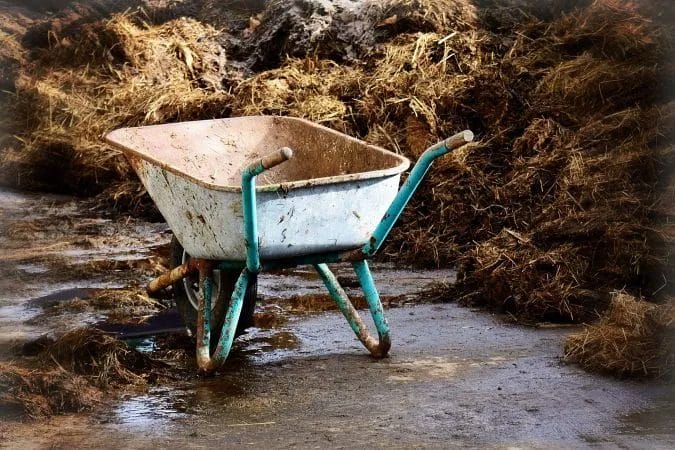
Phase the switch over 1–2 seasons: cut synthetic inputs by half the first year and eliminate them the next, replacing with compost topdressing (1/4″ ≈0.8 yd³ per 1,000 ft²) and organic granular fertilizers supplying 1–2 lb N per 1,000 ft² annually from poultry manure or feather meal. Test soil every 12–24 months and adjust rates; overseed at 2–4 lb/1,000 ft² after aeration. You can have local pros like Smith Brothers Services and Smith Brothers Landscape help test, source products, and set application schedules.
Soil Health: The Foundation of a Lush Green Yard
Aim for soil pH 6.2–7.0 and organic matter around 3–5%; perform lab tests every 2–3 years to guide lime or sulfur needs. Apply compost 1/4″ twice a year and core-aerate annually (remove 2–3″ cores every 2–3″ spacing) to improve root depth and infiltration. You should monitor root growth and infiltration rates to quantify improvement and adjust maintenance intervals accordingly.
For deeper remediation of compacted clay or low OM, apply a 1/4–1/2″ compost topdress and repeat for 3 seasons or add gypsum where sodium is high; combine with overseeding at 3 lb/1,000 ft² and a starter organic fertilizer. Smith Brothers Tree Services can advise on tree-root interactions and proper grading to prevent runoff, while Smith Brothers Landscape can implement phased amendment plans based on your soil report.
Breaking Down Chemical Dependencies
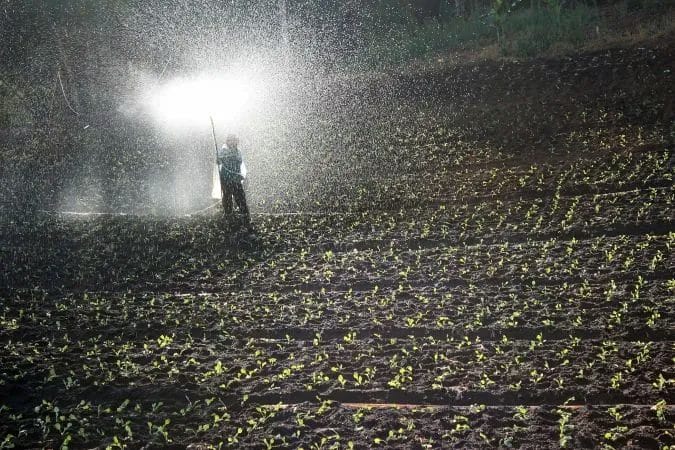
Home lawns often receive pesticide and synthetic fertilizer applications that can exceed agricultural rates per acre, creating dependency as soil biology and turf resilience decline; you can see recurring pest rebounds and compaction-driven problems. Soil testing, compost topdressing, deeper mowing heights, and overseeding interrupt that cycle. Smith Brothers Services and Smith Brothers Landscape use targeted soil amendments and cultural fixes to rebuild microbial health so your lawn needs far fewer inputs over time.
The Environmental Costs of Synthetic Lawn Care
Turfgrass covers more than 40 million acres in the U.S., and runoff from treated lawns contributes to nutrient and pesticide loads in stormwater; nutrient pollution helps form Gulf of Mexico dead zones averaging roughly 5,000–8,000 square miles annually. Neonicotinoid residues have been detected widely and are implicated in pollinator declines. You can cut off that pathway with buffer strips, native plantings, and rain gardens—services Smith Brothers Landscape installs to intercept and filter runoff.
Analyzing the Health Impacts of Chemical Pesticides and Fertilizers
Exposure pathways from lawn chemicals include inhalation of sprays, dermal contact, and contaminated well water; EPA sets a 10 mg/L drinking-water limit for nitrate because higher levels are linked to infant methemoglobinemia. IARC’s 2015 designation of glyphosate as “probably carcinogenic” and multiple studies connecting organophosphate exposure to neurodevelopmental effects show why you must evaluate household risk. Smith Brothers Tree Services recommends low-toxicity choices and timed treatments to reduce direct exposure around homes.
Specific cohort studies report prenatal organophosphate exposure associated with 3–7 point reductions in childhood IQ, while acute pesticide exposure commonly causes headaches, nausea, and dizziness; documented cases of pesticide drift have contaminated nearby play areas and gardens. Nitrate-contaminated wells remain a local threat where overapplication occurs. Adopting integrated pest management, soil-building amendments, and buffer plantings—approaches Smith Brothers Services implements—can markedly lower both environmental residues and household exposure.
The Power of Soil Health
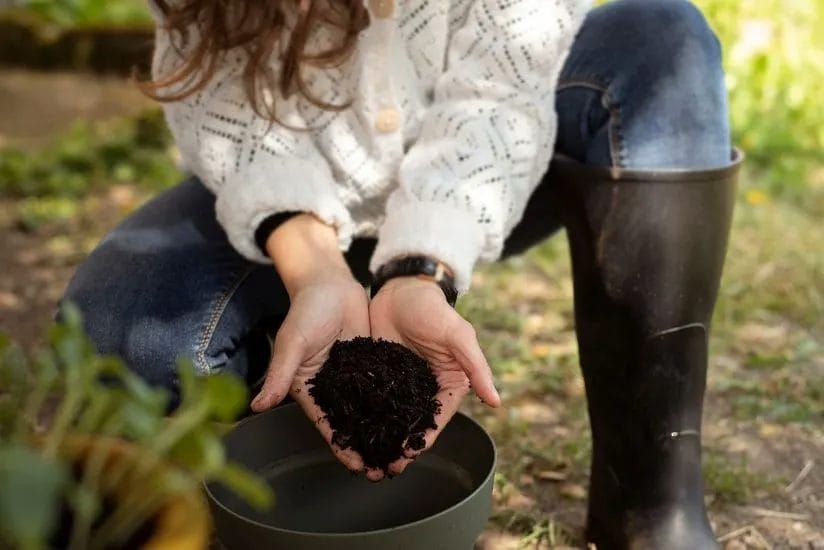
Healthy soil governs water retention, nutrient availability, and root depth, so you should aim for soil pH around 6.2–6.8 and raise organic matter toward 3%+ to see measurable gains in resilience. Aerate once or twice a year and topdress with 1/4–1/2 inch of well‑aged compost to improve structure and reduce runoff; those simple shifts often cut supplemental irrigation and fertilizer needs within a season or two.
Exploring the Role of Microorganisms
Beneficial microbes—mycorrhizal fungi, rhizobacteria, and decomposers—form a living network that mobilizes nutrients and supports root health; mycorrhizae can extend effective root surface area by up to 700%, greatly improving phosphorus uptake. You foster that community by adding compost, minimizing pesticide use, and keeping steady moisture rather than frequent shallow watering, which lets microbial populations rebound and cycle nutrients efficiently.
Essential Techniques for Boosting Soil Fertility Naturally
Adopt practices like core aeration (1–2×/year), topdressing with 1/4–1/2 inch compost after aeration, and overseeding with diverse mixes (commonly 3–8 lb per 1,000 sq ft depending on species). Introduce legumes or a 5–10% clover component to supply biological nitrogen, rotate short cover crops in bare beds, and run a soil test every 2–3 years to guide lime or mineral amendments.
After aeration, spread well‑aged compost and work it into the holes so microbes and organic particles contact the root zone; water lightly to settle the material. Apply compost topdressing twice yearly for rapid improvement, and base lime or gypsum additions on soil test recommendations rather than guesswork—pH adjustments are typically done in lb/1,000 sq ft per lab guidance. Many contractors report cutting synthetic fertilizer inputs 20–40% within two seasons using this sequence; local pros like Smith Brothers Services, Smith Brothers Landscape, Smith Brothers Tree Services often pair these steps with targeted overseeding and mulch practices to convert clients to low‑input, resilient lawns.
The Power of Native Plants and Biodiversity

Native plants anchor a biodiverse lawn by providing year-round food and shelter; species like Echinacea, Asclepias (milkweed), and Solidago extend nectar and seed resources from spring through fall, while oaks can support hundreds of caterpillar species that feed songbirds. By swapping 25–50% of turf to native beds you cut irrigation and mowing needs and boost pollinators; many landscape pros such as Smith Brothers Services, Smith Brothers Landscape, Smith Brothers Tree Services use mixes tailored to regional soils and sun exposures.
Creating Habitats for Beneficial Insects
Design small patches of varied bloom times and structural diversity—group 3–5 of the same native per cluster—so you create continuous nectar corridors. Install bee hotels, leave 6–8 inches of standing stems through winter, and maintain a shallow damp water source for pollinators and syrphid flies. Beneficial predators like lady beetles and parasitic wasps flourish when you include milkweed and native asters, which in turn reduces pest pressure and lowers your need for chemical treatments.
Selecting Drought-Resistant Varieties for Sustainability
Choose drought-tolerant grasses and groundcovers like fine fescues, buffalo grass, or native sedges; fine fescues often use 30–50% less supplemental water than perennial ryegrass. Convert 20–40% of your turf to mulched native beds or gravel paths to lower irrigation demand and increase infiltration. In arid zones, Smith Brothers Services and Smith Brothers Landscape, alongside Smith Brothers Tree Services, recommend planting during cooler months and using 2–3 inch organic mulch to retain moisture around roots.
Help roots grow deeper by watering infrequently but deeply—apply enough to wet the top 6–8 inches of soil every 7–14 days in summer depending on heat. Raise your mower height to 3–3.5 inches to shade soil and slow evaporation, and topdress with 1/2–1 inch of compost annually to boost moisture retention and microbial activity. By pairing these cultural practices with drought-adapted species you reduce irrigation needs and improve resilience during 2–3 week dry spells common in many regions.
Water Management Strategies for a Resilient Lawn

Aim for deep, infrequent watering—about 1 inch per week—to encourage roots to reach 6–8 inches and improve drought resilience; you can verify this with a rain gauge or screwdriver test. Smith Brothers Services often recommends zoned schedules and soil-moisture checks to avoid overwatering, and mulching beds to retain moisture for 2–4 weeks longer between irrigation events.
Smart Irrigation Practices to Minimize Waste
You can cut water use by 20–30% with smart controllers that adjust for local evapotranspiration, paired with soil moisture sensors and leak detection. Schedule irrigation between 4–6 a.m. to reduce evaporation, retrofit spray heads to rotary nozzles for uniform coverage, and work with Smith Brothers Landscape to balance head-to-head spacing so runoff and puddling are minimized.
Incorporating Rain Gardens and Permeable Surfaces
Use rain gardens sized at roughly 10–20% of the contributing impervious area to capture roof and driveway runoff, planting natives like sedges, switchgrass, and black-eyed Susan for seasonal tolerance. Permeable pavers or porous asphalt can reduce surface runoff by 50% or more depending on design, and Smith Brothers Tree Services can help protect root zones where you redirect stormwater toward planted areas.
Design rain gardens with a 6–12 inch basin depth and amend the planting soil with about 25–30% compost to improve infiltration; include an overflow route to handle heavy storms. You should size the garden using simple math—multiply impervious area by rainfall depth to estimate volume—and choose layered media (sand, gravel, native soil) under permeable pavements for long-term performance and easy maintenance.
Leading Green Practices for Lawn Maintenance
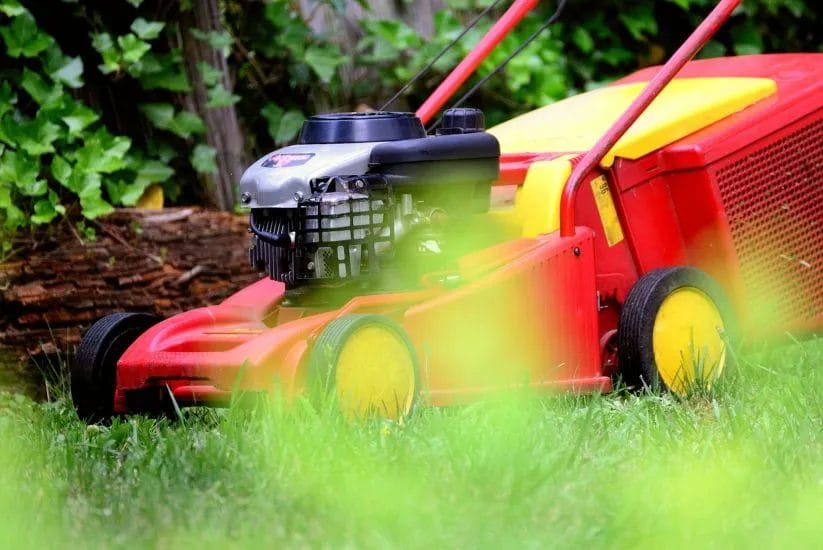
Adopt soil testing, targeted compost topdressing, and overseeding with regionally adapted grasses to reduce inputs and boost resilience; integrate aeration every fall or spring, spot-treat weeds with OMRI-listed products, and capture runoff with rain barrels or dry swales. You can benchmark success by tracking soil organic matter gains (0.5–1% increase over 3–5 years) and consult pros like Smith Brothers Services or Smith Brothers Landscape for program design and monitoring.
Effective Mowing Techniques for Healthy Growth
Set your mower height to 3–3.5 inches for cool-season lawns and 2.5–3 inches for warm-season turf, cutting no more than one-third of the blade per pass to reduce stress. Rotate mowing patterns weekly to prevent compaction lines, keep blades sharp for clean cuts, and favor mulching to return 25–30% of clippings’ nutrients to the turf; adjust frequency so you mow every 5–10 days in peak growth.
The Importance of Proper Watering Cycles
Target roughly 1 inch of water per week delivered in one or two deep cycles to encourage 6–8 inch roots; schedule irrigation in the early morning (4–8 AM) to minimize evaporation and disease, and measure precipitation with a rain gauge or container. You should use smart controllers or soil moisture sensors recommended by Smith Brothers Services to avoid overwatering and conserve water during shoulder seasons.
Soon-to-mid season adjustments hinge on soil texture: sandy soils may need shorter, more frequent doses (for example, 0.25–0.5 inch twice weekly) while clay holds moisture longer so a single 1-inch weekly soak suffices. Probe your rootzone with a screwdriver or moisture probe to 4–6 inches—if it penetrates easily and soil feels cool, delay irrigation. Account for tree competition and consult Smith Brothers Tree Services on root-protective mulching and irrigation placement near specimen trees.
Navigating Common Challenges in Organic Lawn Maintenance

You can tackle compacted soil, shade, and uneven watering with targeted actions: core-aerate once or twice yearly for heavy clay, top-dress thin areas with 1/4–1/2 inch compost, and install a smart irrigation controller to reduce water use by up to 30%. Aim for a soil test every 3 years—Smith Brothers Services often uses pH and nutrient results to tailor organic amendments and lime applications to your lawn.
Dealing with Weeds and Pests Naturally
You should pull weeds when soil is moist to remove roots, and mow at 3 inches to shade seedlings; combine hand-pulling with preventative tactics like corn gluten applied at 20 lb per 1,000 sq ft to cut annual weed germination by up to 60%. Apply beneficial nematodes for grubs, Bacillus thuringiensis for caterpillars, and horticultural oils for soft-bodied pests—Smith Brothers Landscape favors spot treatments over broad chemical sprays.
Understanding Seasonal Lawn Care Adjustments
You need to adjust care seasonally: aerate and overseed cool-season lawns in early fall while warm-season varieties benefit from late-spring aeration and summer feeding. Water deeply about 1 to 1.25 inches per week and time organic nutrient applications to growth cycles; consult Smith Brothers Tree Services if tree canopy or roots create persistent shade that alters your schedule.
You can overseed cool-season blends (tall fescue, Kentucky bluegrass) between mid-August and mid-October at roughly 3–8 lb per 1,000 sq ft depending on seed mix, aerating first to improve seed-to-soil contact. Apply 2–3 lb N per 1,000 sq ft annually for cool-season grasses, splitting most into early and late fall; for warm-season types, begin fertilizing once soil temps exceed 65°F and plan dethatching in late spring before peak growth.
Natural Pest Control: Strategies for a Balanced Ecosystem
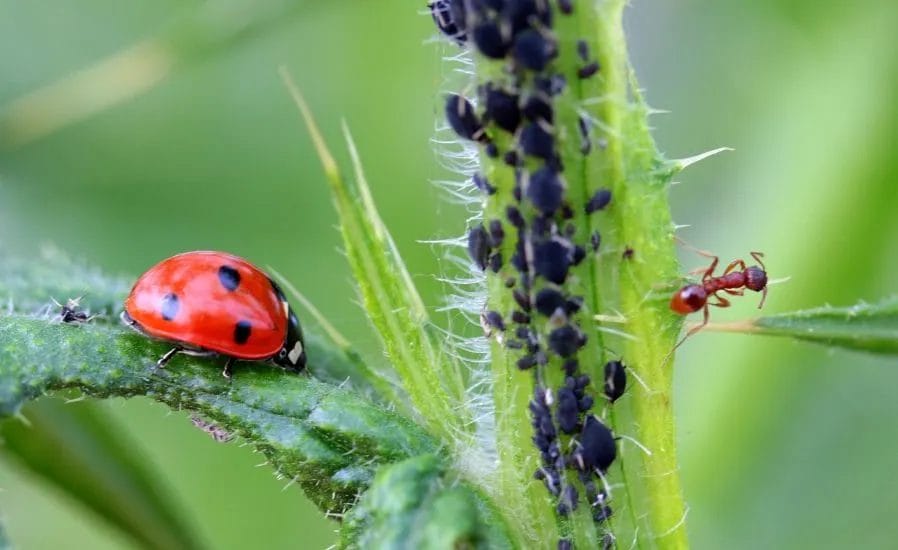
Integrated pest management (IPM) reduces chemical inputs by combining habitat enhancement, biological controls, and targeted organic treatments; you should scout your lawn weekly and treat only when damage exceeds a threshold (for turf, often ~10% defoliation). Research shows IPM can cut pesticide use by up to 80%. Encourage overwintering sites and nectar strips to sustain predators, and consult Smith Brothers Services for site-specific monitoring and low-toxicity action plans tailored to your yard.
Identifying Beneficial Insects and Their Roles
Lady beetles, lacewings, and hoverflies consume aphids—one lady beetle may eat thousands of aphids over its lifetime—while ground beetles and predatory mites suppress soil pests and grubs. Parasitic wasps attack caterpillars and scale, and entomopathogenic nematodes target white grubs. You can increase these allies by planting dill, yarrow, goldenrod, and native Asteraceae; Smith Brothers Landscape often uses companion-plant mixes that boosted predator counts 30–50% in pilot beds.
Organic Treatments for Common Lawn Pests
Bacillus thuringiensis (Bt) knocks down caterpillars within 24–48 hours and is safe for pollinators when applied at dusk; spinosad controls grubs and certain caterpillars with short residual activity. Apply beneficial nematodes (Steinernema spp.) at roughly 10–20 million/1,000 sq ft for white grubs when soil temps are 55–85°F. Use insecticidal soaps and horticultural oils for soft-bodied pests, milky spore for Japanese beetles, and targeted baits for ants; Smith Brothers Tree Services can integrate organic options for tree-associated pests.
You should rotate tactics to prevent resistance—alternate Bt and spinosad for repeated caterpillar outbreaks and combine biologicals (nematodes, milky spore) for grub control; milky spore may take 1–2 years to establish but provides multi-year suppression once active. Time applications to vulnerable life stages, apply in the cool of morning or dusk to protect pollinators, calibrate equipment to label rates (e.g., nematodes 10–20 million/1,000 sq ft), and monitor monthly so you can tweak timing or reapply as needed.
The Economic and Environmental Benefits of Going Organic
You’ll lower both chemical and water inputs while boosting resilience: many homeowners report 30–50% cuts in fertilizer and pesticide spending and up to 40% less irrigation after switching to organic mowing heights, compost topdressing, and native plant buffers. Reduced runoff improves local water quality and soils hold moisture better, so your yard needs fewer interventions over time. Local providers like Smith Brothers Services and Smith Brothers Landscape adapt these strategies to urban properties with measurable results.
Long-Term Savings on Supplies and Resources
You can reduce supply costs and labor: switching to compost, slow-release organic fertilizers, and taller mowing saves money—typical households see 30–60% lower chemical purchases and a 20–30% reduction in mowing frequency, lowering fuel and maintenance costs. Investing in soil health pays back in 2–5 seasons through fewer re-seedings and disease treatments. Contractors like Smith Brothers Services and Smith Brothers Landscape often show clients maintenance budgets falling within the first two growing seasons.
Positive Impacts on Local Ecosystems and Community
You create habitat for pollinators and birds by integrating native plantings and reducing pesticides; research finds pollinator abundance can increase two- to fourfold in yards that replace sterile turf with native flowers and hedgerows. Reduced chemical runoff lowers nitrate and phosphorus loads in nearby streams by 20–30% in monitored neighborhoods, decreasing algal bloom risk and improving swimming beaches. Smith Brothers Tree Services works with homeowners to add native understory plantings that support this shift.
You can amplify community benefits through simple projects: a 500–1,000 sq ft rain garden captures roughly 600–1,200 gallons per storm event, cutting street runoff and recharging groundwater; planting a 10–20 ft native buffer along property edges increases bird species richness by 25–40% within two seasons. Community programs run by local crews like Smith Brothers Landscape coordinate plant swaps and native seed installations, turning individual yards into connected corridors for wildlife.
Creating a Sustainable Lawn Care Routine
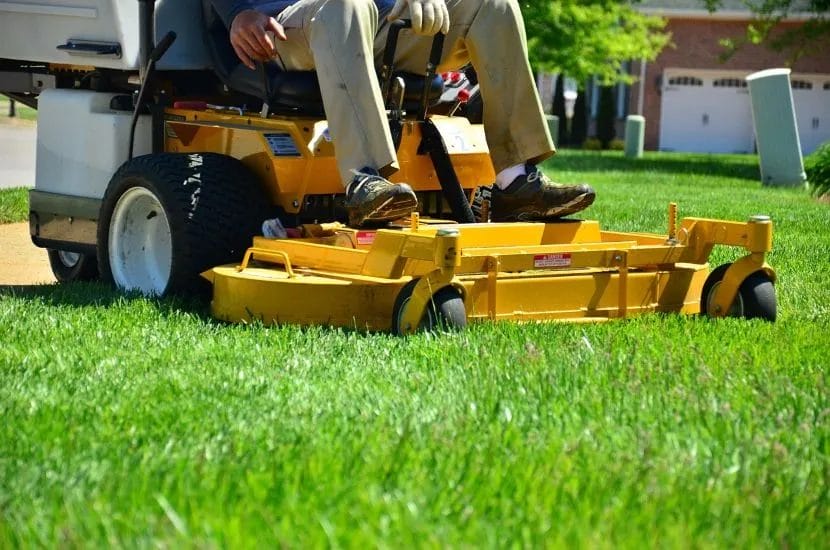
Set a predictable schedule that balances mowing, watering, and soil care so you can track improvements. Mow at 3–3.5 inches and never remove more than one-third of blade length; water about 1 inch per week in early morning; topdress with 1/4 inch compost twice yearly and aerate every 12–18 months. Use a monthly checklist and seasonal calendar, and have Smith Brothers Services perform soil tests every 3 years to refine lime and nutrient applications.
Seasonal Strategies for Long-Term Health
Plan spring core aeration and fall overseeding so you maximize root recovery; you can overseed at 3–5 lbs per 1,000 sq ft for cool‑season turf. Apply slow‑release nitrogen at about 0.5 lb N/1,000 sq ft in spring and again in autumn, reduce irrigation 30–50% during cooler periods, and dethatch if thatch exceeds 1/2 inch. Smith Brothers Landscape, aligns service windows with these benchmarks to prevent common failures.
Integrating Native Plants into Your Landscape
Replace turf in low‑use areas with native perennials and grasses so you cut irrigation needs by up to 50% and increase biodiversity; plant groupings of 3–5 coneflowers, milkweed, or switchgrass for seasonal structure. Space perennials 1–2 ft apart, add 2–3 inches of mulch, and use drip irrigation on new beds; contact Smith Brothers Tree Services for native tree choices that anchor your design.
Start by mapping 100–400 sq ft turf replacements where you get low foot traffic; strip sod 4–6 inches deep, loosen soil, and install 1‑gallon plugs at 1–2 ft spacing (about 2,000–4,000 plugs per acre). Water new plantings roughly 1 inch per week for the first 6–8 weeks, then taper to rainfall-only maintenance. Use regional native lists from your extension service or consult Smith Brothers Landscape, for tailored plant palettes and installation rates to match your soil and exposure.
Summing up
To wrap up, if you adopt organic practices—soil testing, compost, targeted watering, and native plants—you’ll create a resilient, chemical-free lawn. Partner with Smith Brothers Services, Smith Brothers Landscape, or Smith Brothers Tree Services for expert guidance and sustainable maintenance that protects pollinators, conserves water and reduces runoff. With consistent care, your yard will thrive as a healthy, eco-friendly landscape you can be proud of.
Upon reflecting on organic lawn care, you should prioritize soil health, native plants, and minimally invasive pest management to create a resilient yard for your property; partnering with experts like Smith Brothers Services, Smith Brothers Landscape, and Smith Brothers Tree Services will help you implement science-based, eco-friendly practices that reduce chemical use, save water, and enhance biodiversity while maintaining a healthy, attractive lawn.


